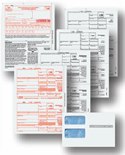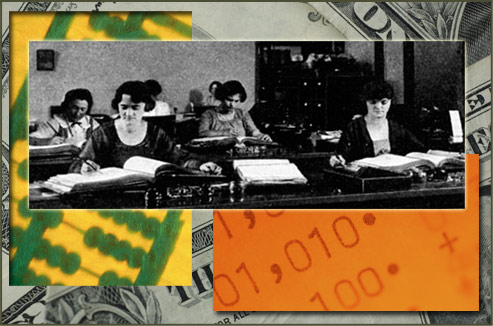How to Ensure Long-term Business Success!
Saturday, December 29th, 2007|
Do you avoid the task of business planning? Most Entrepreneurs do. It seems like such a daunting task because we imagine annual planning as a huge, time-consuming, difficult chore. Yet planning can be quick and easy. And it’s an exercise in strategic thinking that helps you remove uncertainty, avoid surprises, pull your team together, and save time and money. If you want to ensure the long-term success of your business, then don’t put off business planning any longer. You will find that successful business owners who last more than five-seven years not only have a business plan but, they update it regularly. |
|
Need motivation to get you started? Click here to download (in PDF format), “Mastery of Motivation” to learn what to do to get, and keep, yourself motivated. Keep reading to discover a great tool to help you with your business planning. |
|
5 STEPS TO ANNUAL BUSINESS PLANNING: STEP 1: Define your prime purpose. Identify five or six key areas that are important and essential for your business… cash flow, customers, employees, image, growth, productivity and so on. Write them down. These are your organizational values. Develop a crystal clear vision of where you’re going for each of these key areas. STEP 2: Identify your greatest area of need. Where can you make the most definitive progress this year? Rate each of these needs on 1-10 scale. STEP 3: Establish priorities. Use the completed ratings to select one or two areas where you have the greatest opportunity for improvement. STEP 4: Develop the action plan. Start with brainstorming. Imagine all the possible actions, which could move you towards your preferred future. Be creative here. Don’t limit yourself to your usual way of doing things. You must get clear about who will do what and when. Assign a person to be accountable for that action and determine when that action item will be complete. STEP 5: Implement the plan and act on it. Once or twice a month, review your progress. If you find the tasks difficult to achieve break them into smaller, easier tasks. Remember, business planning is a process; not an event. |
|
|
I hope you enjoyed this article. Please do not hesitate to contact me Click Here! if you have any questions, or if I can be of assistance to you. Warmest Regards, Victoria L. Lenhardt |

